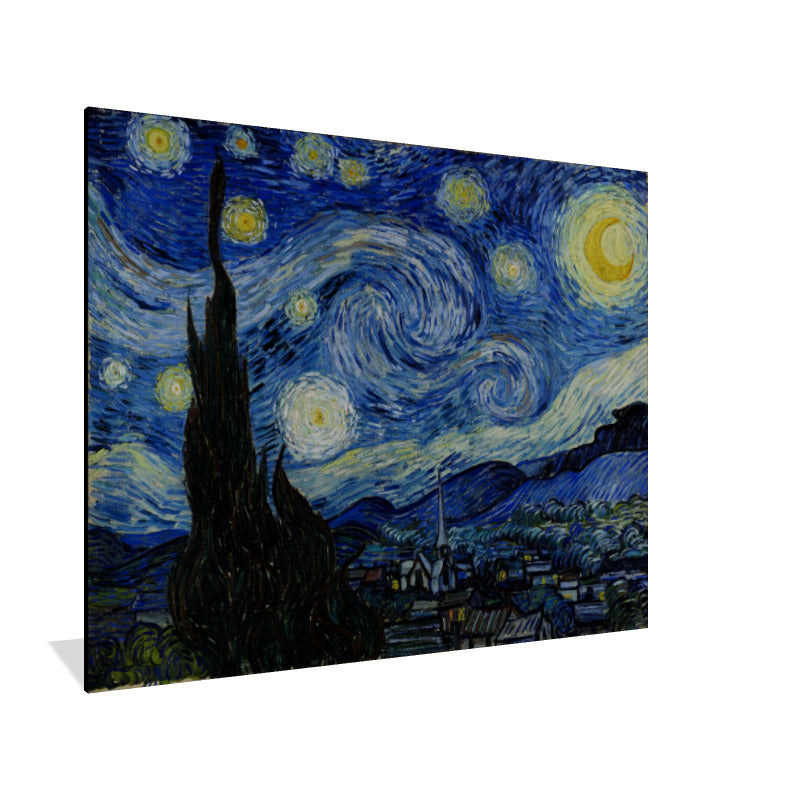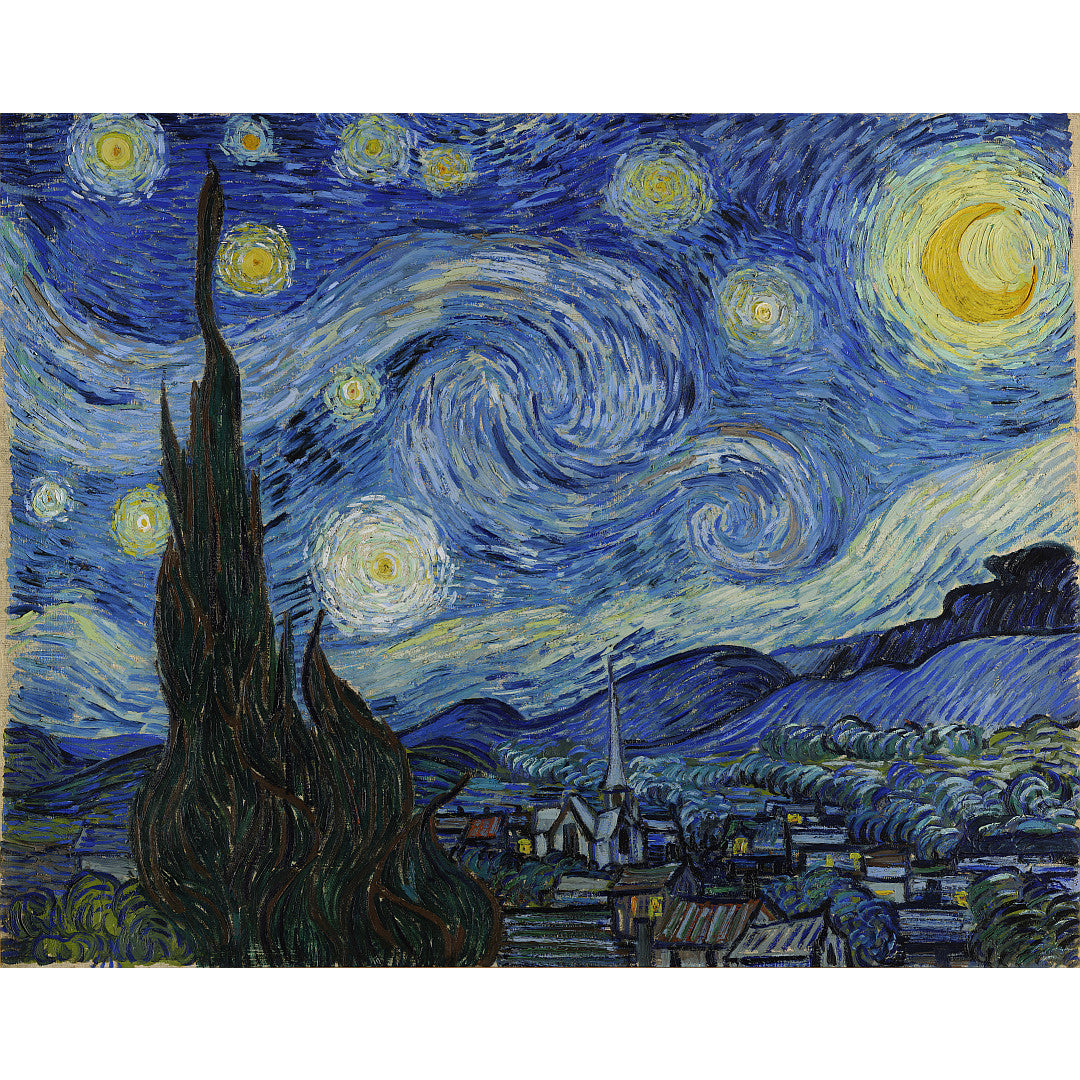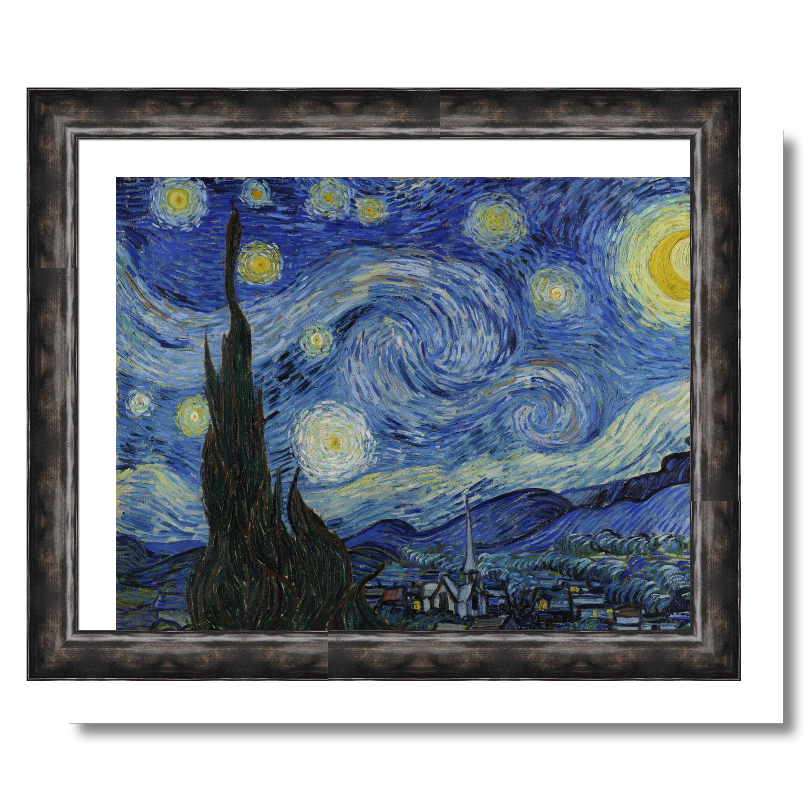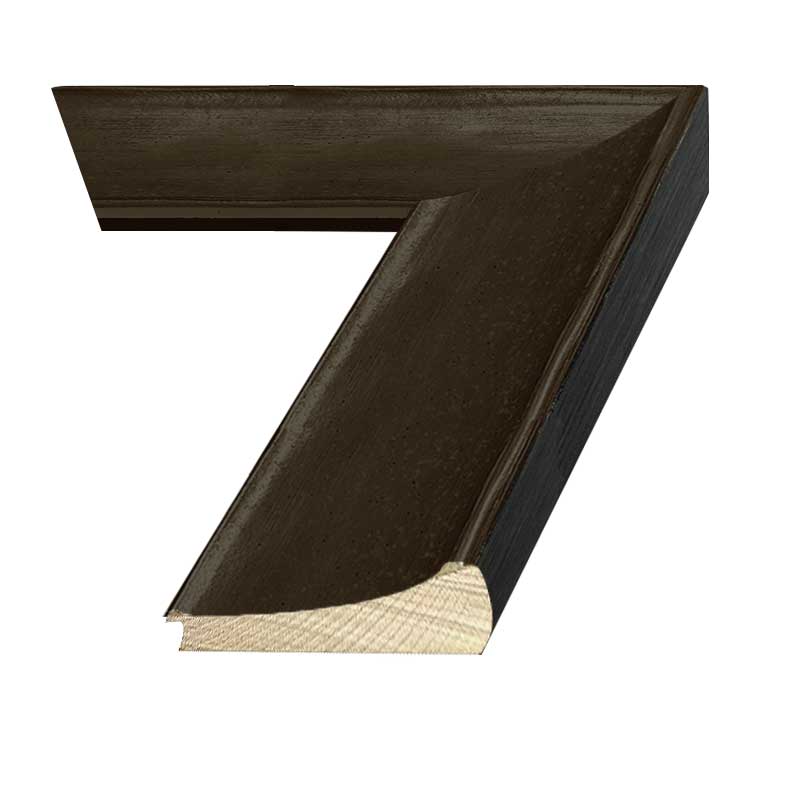The Starry Night - Vincent van Gogh (c. 1889)
The Starry Night - Vincent van Gogh (c. 1889)
Couldn't load pickup availability
Made in USA
Options:
1) Stretched Mounted 3/4" Thick.
2) Positano Black 3" Wood Frame by Universal Arquati.
3) Positano Gold 3" Gold Leaf Gilded Wood Frame by Universal Arquati.
36" x 29" Artwork on Scratch-Resistant True-Matte Archival Canvas. Our true-matte canvas is a well-textured 19 mil bright white, consistent poly-cotton blend with a real matte look and feel. Utilizing newer giclée technology, this is one of the first scratch-resistant matte canvases available. With an eye-popping color gamut and dmax, coupled with critical archival certification and the ability to apply a laminate hassle-free, it sets a new standard of exceptionalism in fine art. Internally, we refer to this masterful blend of artistry and engineering as "the game changer" that will capture every nuance in your images.
----------------------------------------
This painting was created in mid-June 1889, inspired by the view from Van Gogh’s east-facing bedroom window at the Saint-Paul-de-Mausole asylum just before sunrise. The former monastery functioned as a mental asylum, where Van Gogh voluntarily admitted himself on May 8, 1889, following a mental breakdown and his infamous act of self-mutilation that occurred in late December 1888. Catering to wealthy patients, the facility was less than half full at the time of Van Gogh's admission, allowing the artist access to both a second-story bedroom and a ground-floor studio. During his year-long stay, he remained highly productive, creating Irises, a self-portrait, and The Starry Night.
The painting's celestial elements include Venus, which was visible in the sky at the time, though the moon’s depiction is not astronomically accurate. The cypress trees in the foreground were exaggerated in scale compared to other works. Van Gogh's letters suggest he viewed them primarily in aesthetic rather than symbolic terms. The village in the painting is an imaginary addition, based on sketches rather than the actual landscape seen from the asylum. Scientific analysis of the painting has confirmed Van Gogh’s use of ultramarine and cobalt blue for the sky, with indian yellow and zinc yellow for the stars and moon.
Described as a "touchstone of modern art", it has been regarded as one of the most recognizable paintings in the Western canon. It has been subject to various interpretations, ranging from religious symbolism to representations of Van Gogh’s emotional turmoil. Some art historians link the swirling sky to contemporary astronomical discoveries, while others see it as an expression of Van Gogh’s personal struggles. Van Gogh himself was critical of the painting, referring to it as a "failure" in letters to his brother, Theo.
Original painting is in the permanent collection of the Museum of Modern Art in New York City since 1941.
Share









